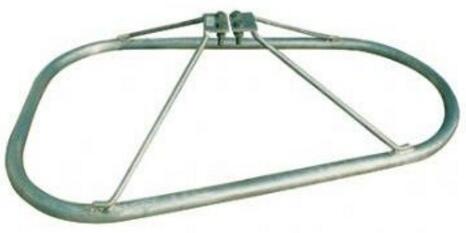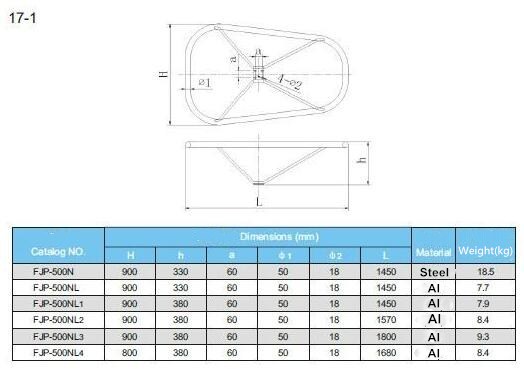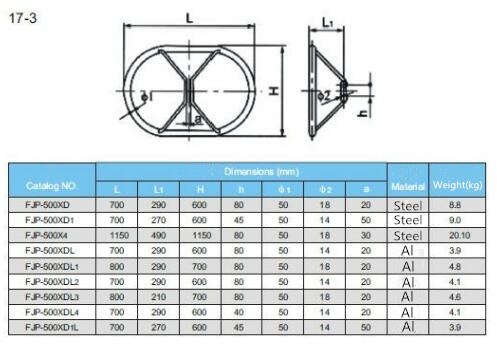First, based on the domestic invincible
The demand for distributed photovoltaic power plants is small, but they cannot hold a large amount. Moreover, next year is not only this. China, the United States and Japan will promote a new round of prosperity cycle. It is expected that the economy will last for two to three years. China will be transformed from a manufacturing country to a power station application country. The continuous increase in installed capacity and higher subsidies will enable the power station to have both high growth and high profitability. Benefiting from the successive support policies and the subsidies for electricity price subsidies, large-scale photovoltaic power generation projects have been launched one after another. After inheriting the SFMW Photovoltaic Power Plant project, Hareon Solar plans to invest 10 billion yuan to build 1GW photovoltaic power station in Alashan League in Inner Mongolia. On December 25, 2013, after Hareon Solar, Dongfang Risheng also announced its investment plan for 10 billion PV power plants. Zhang Wei, chairman of Shunfeng Optoelectronics, also recently said that it expects to add another 3GW of power generation this year, and plans to expand 10GW by 2016. The market model of large-scale photovoltaic power plants in China has changed from a cake to a big cake. Under the push of many parties, it will only become stronger and stronger.
Second, actively turn into the deep digging of the Japanese and American markets
In 2013, China's PV module exports to Japan amounted to approximately US$2.2 billion, accounting for 22% of the total. It is the de facto largest exporter of PV modules in China. In the case of a relatively shrinking Japanese local enterprise, the entry of photovoltaic foreign companies will undoubtedly bring about drastic changes in Japan's relatively conservative market. Other companies in China that have not yet entered must also make a choice.
Since 2012, the number of solar cells imported from China by the United States has increased by 12%, supplying 35% of the US market demand. It should be noted that, like many US industries, solar energy is transforming from manufacturing to a service industry. 33% of the solar panels imported into the United States are from Malaysia, and most of the factories of the US leading photovoltaic company FirstSolar are just built in the country. 8% of solar panels are imported from the Philippines, which is exactly where the US solar giant SunPower solar panels are produced. Correspondingly, it may have an unexpected effect to acquire a small US PV company in China by changing its face.
Third, not afraid to guard the EU market
Over the years, the EU market can be said to be difficult for China. Although the demand for photovoltaics in Germany is showing signs of waning this year, the solar energy in the UK is dawning, and the resistance of German solar operators may bring variables to the gradual market. . Recently, the “curve into Europe†of Chinese enterprises’ mergers and acquisitions has seen the savvy of some domestic enterprises and their persistence in the traditional markets of the European Union.
Fourth, ambition to open up emerging markets
In 2013, European and American PV companies have new trends and have entered the Chilean solar market. In fact, not only Chile, Latin America, Southeast Asia and even Africa, PV companies can always find business opportunities in emerging markets. On January 15 this year, the Yunnan Solar Energy Industry Alliance Conference was held, and various industry giants gathered together to discuss the new way out. Abandoning Europe and the South Sea, deep into the ASEAN market. Becoming a new way out of the outcome of the meeting. It is worth mentioning that in 2013, India's grid-connected photovoltaic power generation capacity and concentrated photovoltaic power generation (CSP) capacity totaled 1.004GW, with a cumulative total of 2.18GW. There is also an ambitious plan for 20GW installed in 2022. Emerging markets are worth exploring.
Specification for Grading & Shielding Rings
1. Excellent welding technology
2. High-quality material
3. Prompt delivery
4. Simple and reliable structure
5. Reduce the static stress of fiber optic cable
6. Improve the ant-vibration ability of optical cable
7. Inhibite the dynamic stress of wind vibration
8. Higher Safety performance
Usage for Grading & Shielding Rings
1. To connnect suspension insulators into a string and hang the string in tower
2. To connect Strain Clamp and insulator string in the straight line tower



If you have any questions, please contact with us directly.
Our company is solemnly committed to the majority of customers: reasonable price, short production cycle, considerate service. We look forward to cooperating with you.
Grading And Shielding Rings,Grading Rings,Shielding Rings,Aluminium Grading Rings
Shandong Vantage International Trade Co., Ltd. , https://www.sdvantage.com
